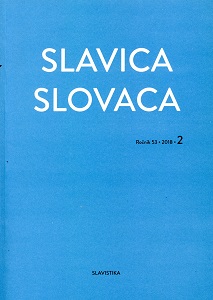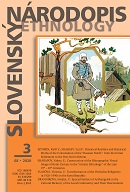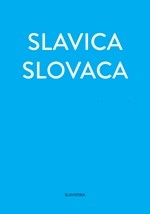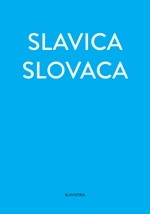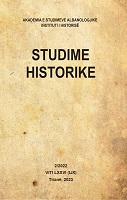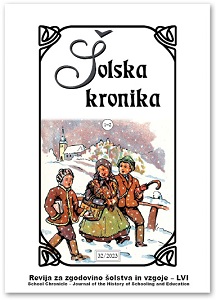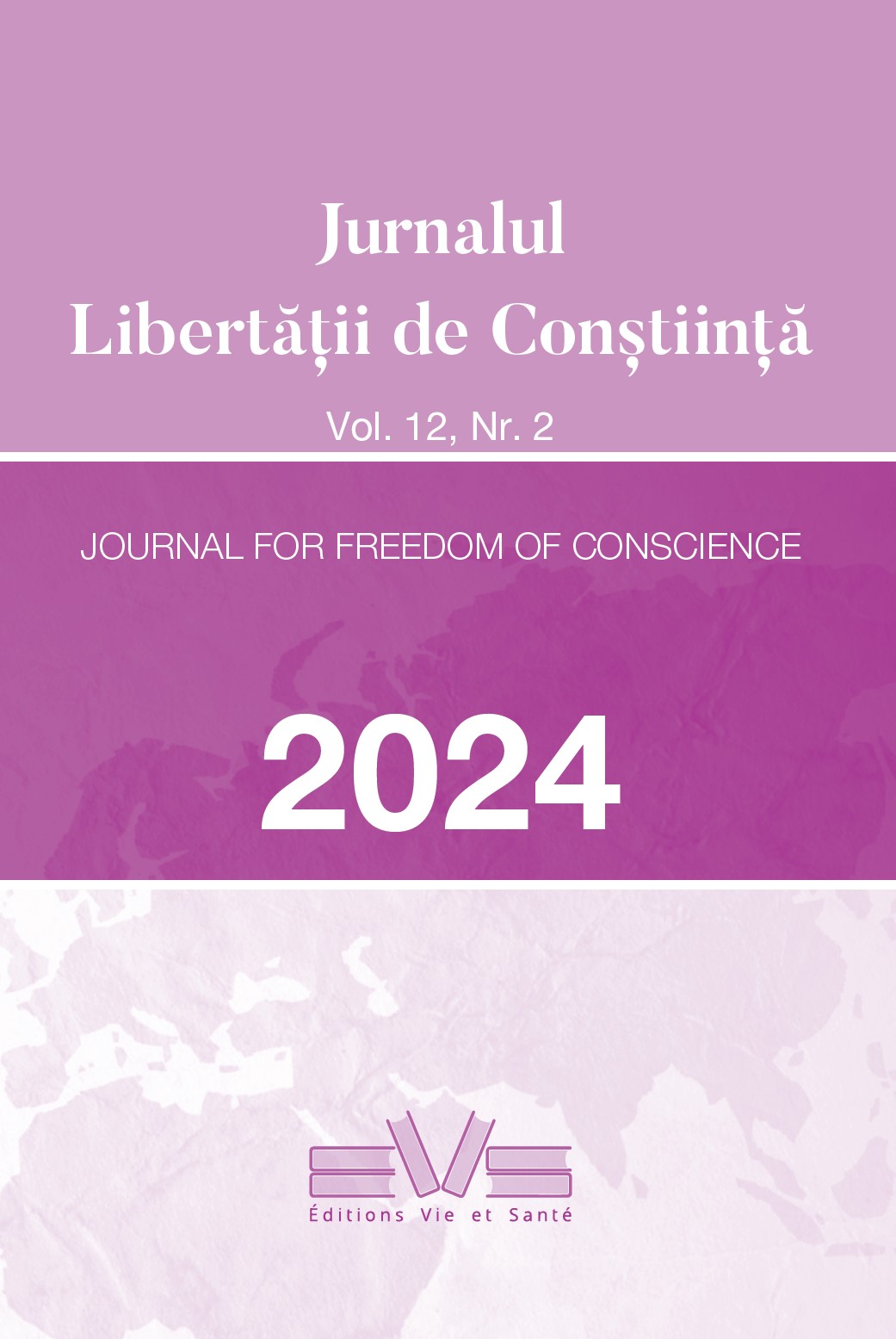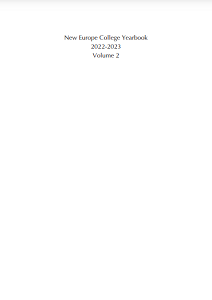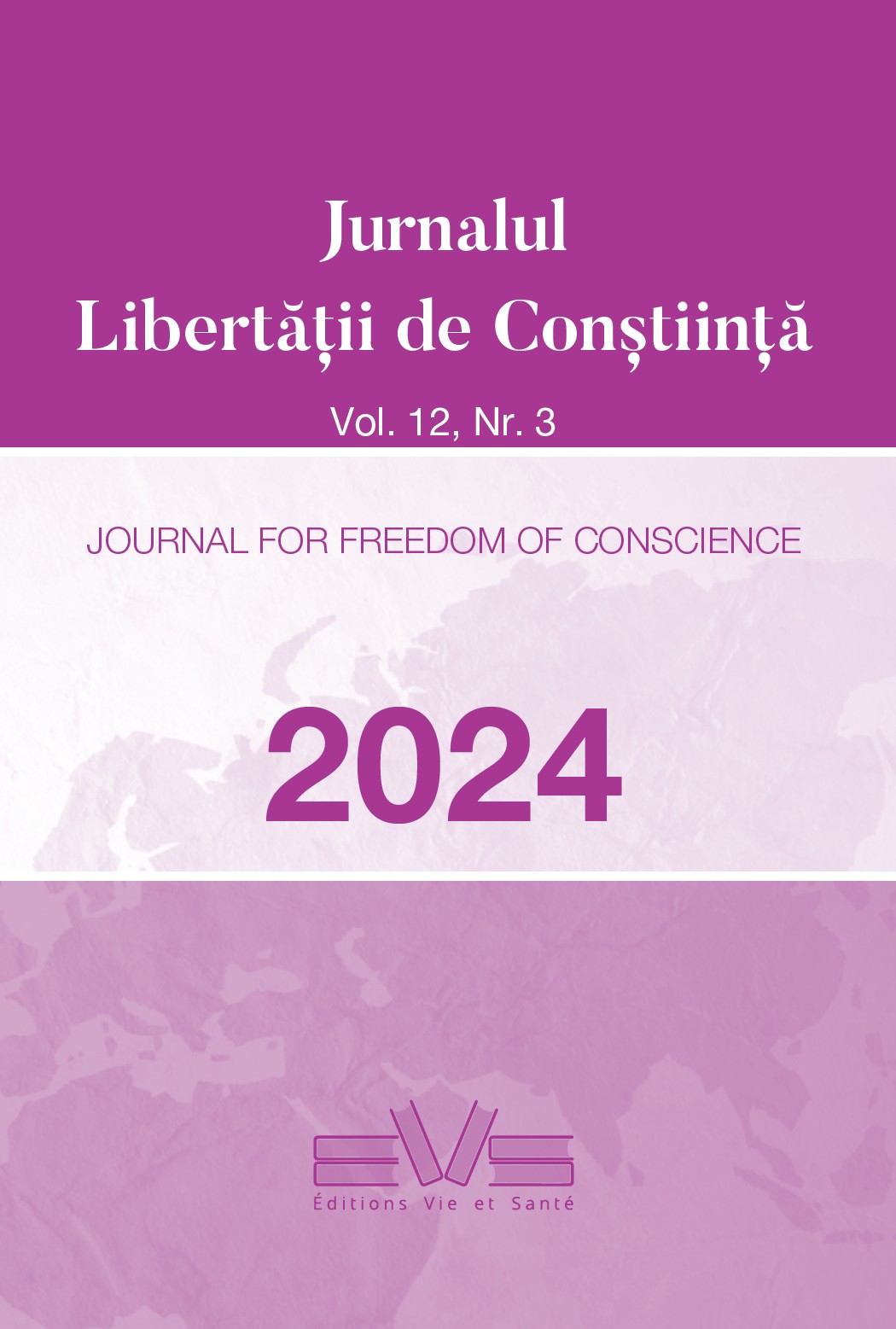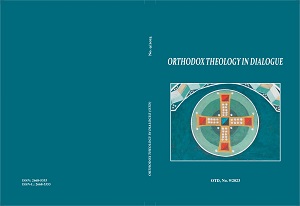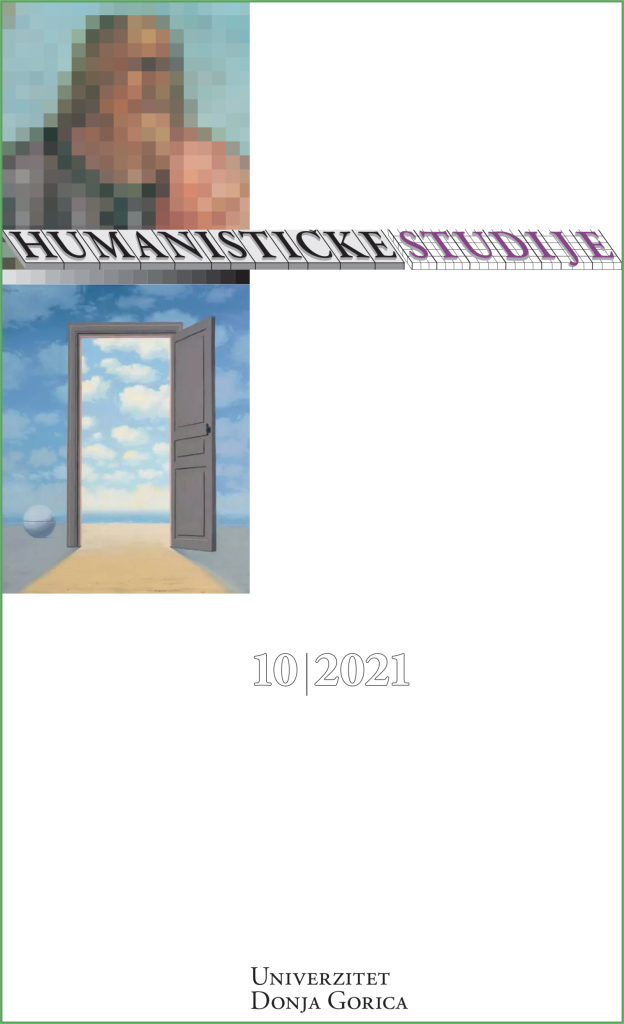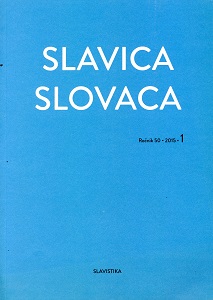
Sacrum i łzy. Fenomen płaczących ikon w wyobrażeniach religijnych w prawosławiu (wybrane zagadnienia)
This article analyzes selected issues related to the phenomenon of the so-called weeping icons in Orthodoxy from the perspective of cultural anthropology. In this part it portrays the regions of the Orthodox world that host the weeping icons, as well as the main themes and motifs associated with the subject of the “weeping persons” on icons (Mother of God, Christ, saints, monks and politicians), hierotopy and the time of weeping. The research carried out while interpreting the beliefs related to the origin of weeping, presents their historical consistency in the collective memory of Orthodoxy, as well as its contemporary transformation. The study involves qualitative methods of research. Selected examples of weeping icons in historical and ethnographic sources from various ages and Orthodox countries were subjected to comparative analysis. Contemporary beliefs referring to weeping icons were also exposed to qualitative research – I conducted interviews with the Orthodox Church believers as well as residents of the places hosting weeping icons (Romania, Poland, Ukraine, Eastern Slovakia) and engaged in participant observation (Greece and Macedonia). The research also included internet research – the narration of the new media on weeping icons was analyzed, including blogs and web portals. The analysis employed the use of interpretivist paradigm facilitating the research of hidden meanings and cultural codes connected to the representations of Orthodox believers on the weeping icons.
More...
